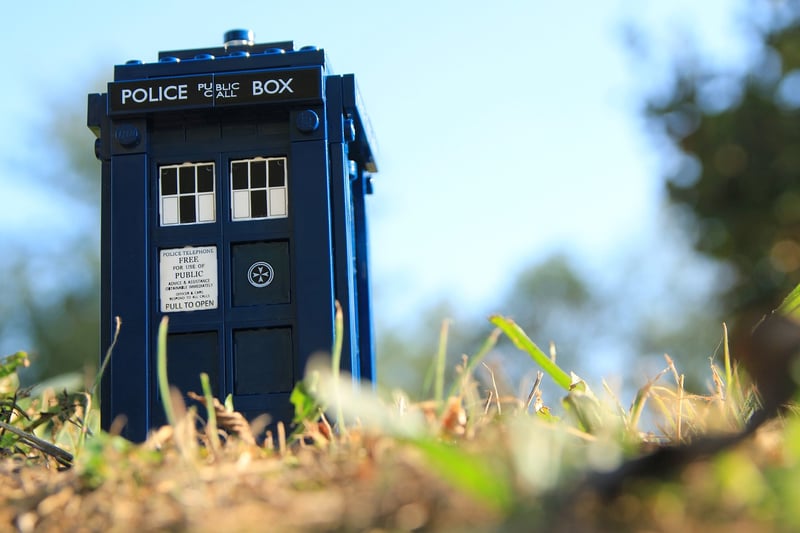Temporal Coordinates
Tools for Time Travel and Temporal Coordinates
Time travel has long been a fascination for many, with the concept appearing in numerous works of fiction. While time travel remains a theoretical concept in reality, let's explore some of the tools that are often depicted in popular media for traveling through time and the notion of temporal coordinates.
1. The Time Machine

One of the most iconic tools for time travel is the time machine. Popularized by H.G. Wells' novel "The Time Machine," this device allows individuals to journey to different points in time, either to the past or the future.
2. Temporal Coordinates
Temporal coordinates are hypothetical values used to pinpoint a specific moment in time. Similar to how latitude and longitude define a location on Earth, temporal coordinates would specify an exact time in the past or future. While purely theoretical at this point, the idea of temporal coordinates is often explored in science fiction as a means to navigate through time.
Key Components of Temporal Coordinates:
- Temporal Axis: Represents the flow of time, distinguishing past, present, and future.
- Temporal Unit: Defines the scale or increment of time measurement, such as seconds, minutes, hours, etc.
- Temporal Reference Point: A fixed moment in time used as a starting point for calculations.
3. TARDIS (Time and Relative Dimension in Space)

Featured in the long-running TV series "Doctor Who," the TARDIS is a time machine that resembles a British police box on the outside but is much larger on the inside. It allows the Doctor to travel through time and space, visiting various historical events and futuristic civilizations.
In conclusion, while time travel remains a fantastical concept, the tools and ideas surrounding it continue to capture the imagination of many. Whether it's the classic time machine, the abstract notion of temporal coordinates, or the whimsical TARDIS, the allure of exploring different points in time remains a timeless fascination.
